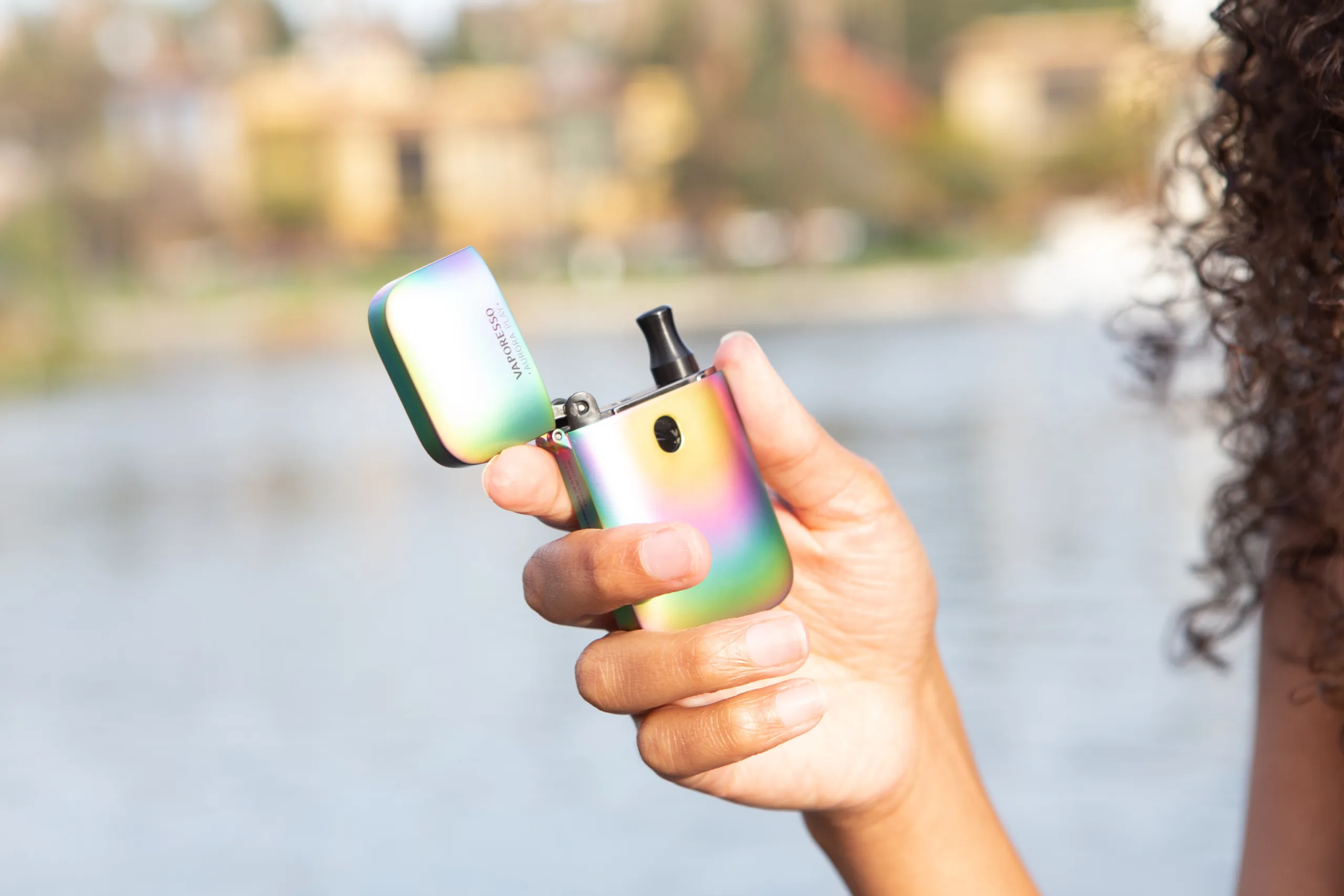The gadgets themselves as well as the substances present health hazards.
We don’t completely know what’s in e-cigarettes, disposable vapes, or e-liquids, is my succinct response to your question.
This is a difficult topic to answer because to the vast and constantly expanding variety of goods and flavours available, changes that occur to ingredients when they are cooked or interact with one another, and inadequate labelling.
Some of the solutions come from analytical chemistry, including the work of my own team. Understanding the effects on health, however, adds a further layer of complication. The health risks associated with e-cigarettes vary depending on a number of variables, including the type of device used, the flavours used, and how it is used.
Therefore, vapers just aren’t aware of what they’re inhaling and can’t be sure of the effects on their health.
Who knows what?
Despite these difficulties, there are significant similarities between the findings of various laboratories.
Nicotine, flavouring agents, and the liquids they are carried in, usually propylene glycol and glycerine, are all ingredients.
Additionally, we notice volatile chemical compounds, particulate debris, and carcinogens, many of which we are aware are dangerous.
Additionally, 2-chlorophenol was discovered in nearly half of the e-liquids customers purchase to refill refillable e-cigarettes in our earlier research. This is one instance of a chemical that has no justifiable purpose. It is categorised as “harmful if inhaled” globally. Its presence was probably caused by manufacturing-related pollution.
Radioactive polonium-210, which was used to kill former Russian spy Alexander Litvinenko in 2006, has been mentioned as a probable ingredient in recent weeks. The state of Queensland is currently evaluating vapes for it.
Traditional cigarettes and other tobacco products contain polonium-210. This is due to the fact that tobacco plants absorb radioactive substances from the soil, air, and high-phosphate fertiliser.
It is unknown if polonium-210 is present in the aerosols created by e-cigarettes. However, if the glycerin in e-liquids comes from plants and identical fertilisers are used to produce them, it might be possible.
It goes beyond the ingredients.
The components used to make e-cigarette devices can wind up in our bodies in addition to the substances they contain.
Both e-liquids and vapers’ urine, saliva, and blood can include toxic metals and associated compounds such arsenic, lead, chromium, and nickel.
These drugs provide significant health concerns, including the potential for cancer. They may leak from the heating coil, wires, and soldered connections, among other components of an e-cigarette.
E-liquids’ chemical composition is altered during heating to form an inhalable aerosol, which results in degradation products.
These consist of:
(A chemical used to embalm dead bodies) formaldehyde
Acetaldehyde, a crucial compound that fuels alcohol-induced hangovers
The herbicide acrolein, which was a chemical weapon in the First World War,
Samples from e-cigarettes frequently include these substances. The amounts observed, however, fluctuate significantly between research as a result of various instruments and methods used to collect the samples.
Because the levels are frequently quite low, supporters of vaping claim that using e-cigarettes is much safer than smoking tobacco.
A fairer comparison would be between using an e-cigarette and inhaling “fresh” air because this argument fails to take into account the fact that many e-cigarette users (especially teenagers) previously smoked cigarettes or do not currently do so.
Undoubtedly, e-cigarette users are more likely than non-users to be exposed to toxins and dangerous compounds. In contrast to vapers, those who purchase tobacco cigarettes are frequently subjected to a barrage of warnings about the dangers of smoking.
If any of the issues discussed in this article are causing problems for you, please contact us, and we will try our best to help with your situation.


